Double Bubble Maps (With Examples)

A double bubble map is an interesting tool for teachers that they can use to educate students about the similarities and differences among several things or ideas.
Kids usually love double bubble maps because they can control them easily. Moreover, it is a much more useful tool for students because they can construct their concepts of two similar and dissimilar variables in an organized form.
If this piques your interest, this article is all about what double bubble maps are and how you can create them using EdrawMax.
What is a Double Bubble Map?
It is a tool to compare and contrast ideas and things. It also identifies similarities and differences in other things, such as places, individuals, events, artifacts, and ideas.
A vital advantage of this map is that it provides a visual framework for thinking, allowing students to recall consistently and quickly. It is especially helpful when they are told to carry out certain types of thinking.
What is It Used For?
A double bubble map helps students to comprehend the specific types of descriptors or the ideas of categories. By using this map, students can easily compare and contrast characters, concepts, people, ideas, books, cultures, and almost anything else. Different or dissimilar ideas often allow students to think in terms of point and counterpoint.
The two main applications of double bubble map are:
- Comparing and contrasting allows students to think critically about the gathered information that they have not analyzed yet. They know the details about a person or a mathematical concept. However, when they compare and contrast with another variable, this helps them think deeply about the necessary information.
- This map allows students to generate character traits or descriptions after identifying the similarities and differences of various characters.
When to Use Double Bubble Maps?
Teachers can use double bubble maps for teaching and educating students about various lessons. Some of these usages are as follows:
- In science lessons, teachers use this map to check pupil's understanding of plant and animal cells by comparing the two. Similarly, other insects, animals, and plant features are compared so students can grasp it quickly.
- In an English lesson, the students use maps to compare and contrast the ideas given in different exam questions.
- A teacher can use a double bubble map in an English lesson to move students progressively towards a clear understanding of a class essay or poem.
How to Create a Double Bubble Map Easily?
A double bubble map is made by drawing two large circles. Then write the topic names or words of the two things you want to compare.
Next, draw middle bubbles for the words or phrases that show similarities. Lastly, add the outside bubbles for the words or phrases you want to contrast.
You can use different media and software to construct this map, or you can use a double bubble map template; however, we will show you how to use EdrawMax to build your double bubble maps.
Build a Double Bubble Map by Using EdrawMax
- Launch EdrawMax on your computer. Click Graphic Organizer and then press Compare and Contrast.
- Next, press the “+” icon to open a blank document.
- To create the map, choose a circle or a bubble. Place two circles with some distance between them and write the topic names.
- Draw middle bubbles to show similarities and place circles on the outside to show differences.
- Use connectors to join these bubbles, and you can fill these circles or outline them with various colors to make it look attractive.
- Once you are done, press “save” and download your double bubble map.
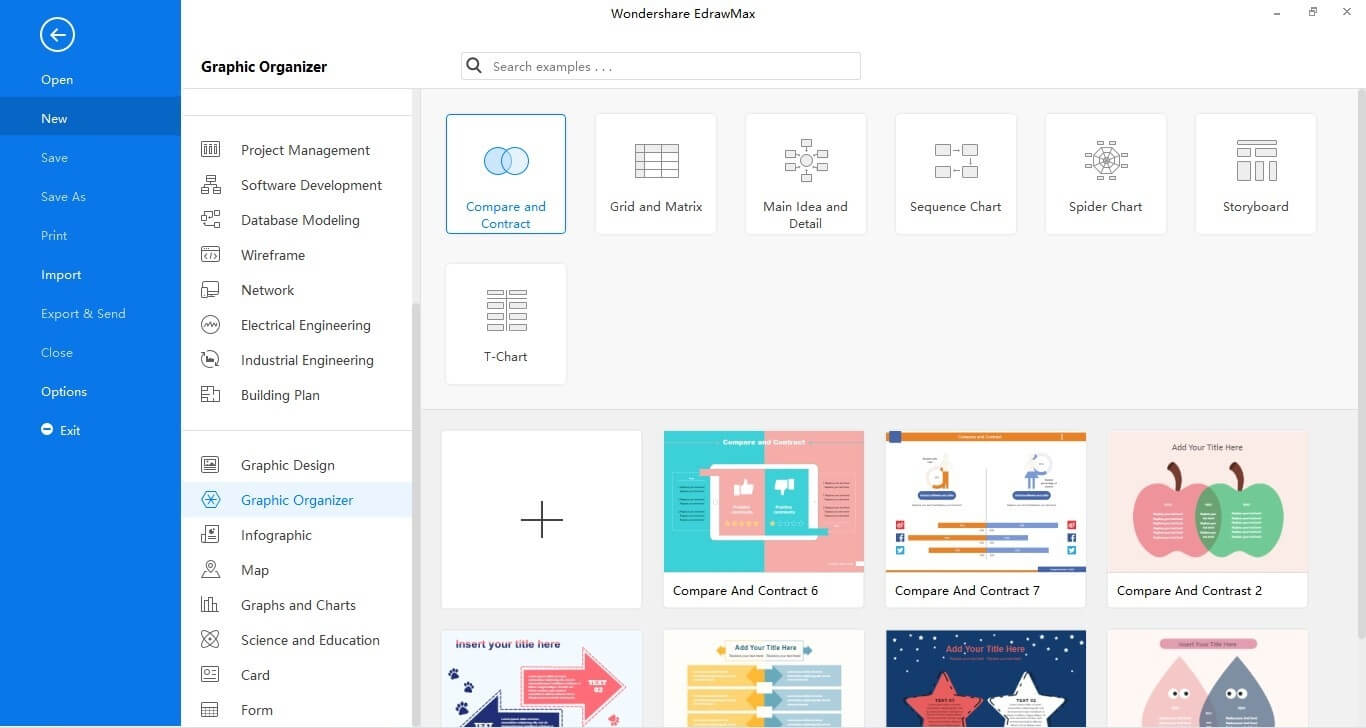
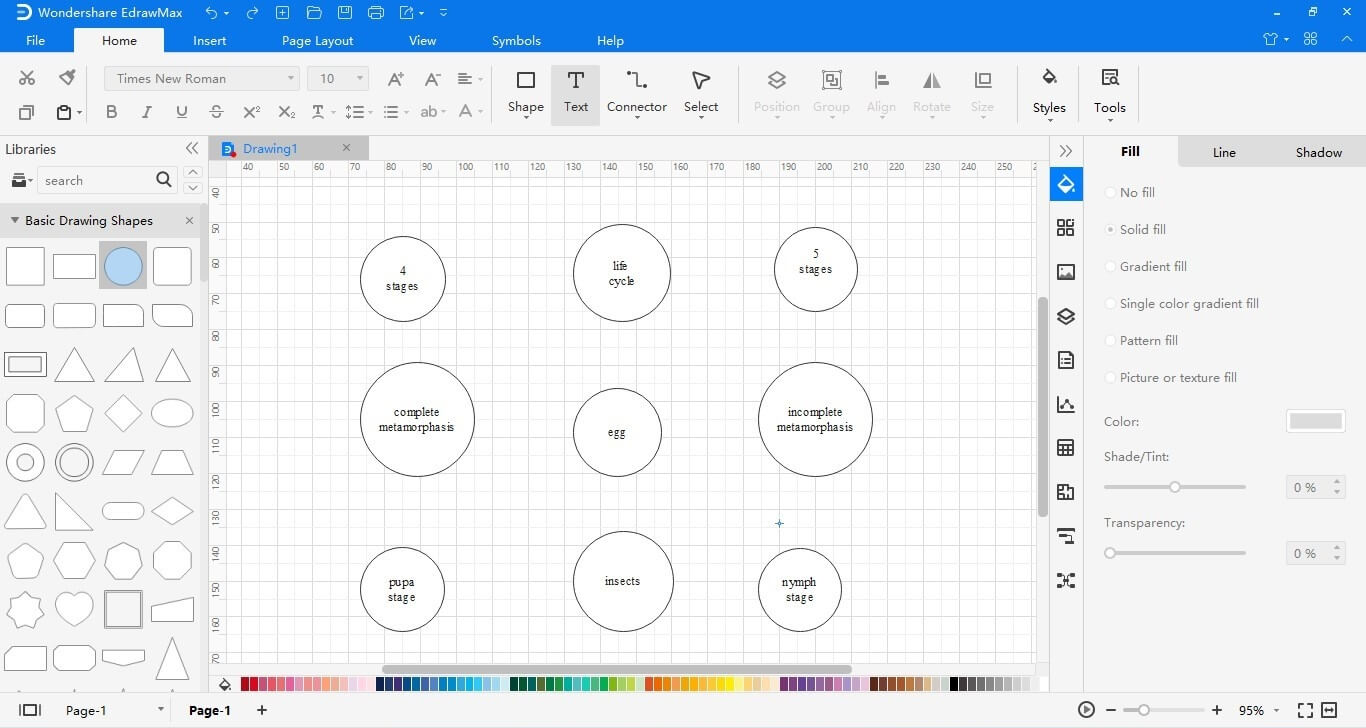
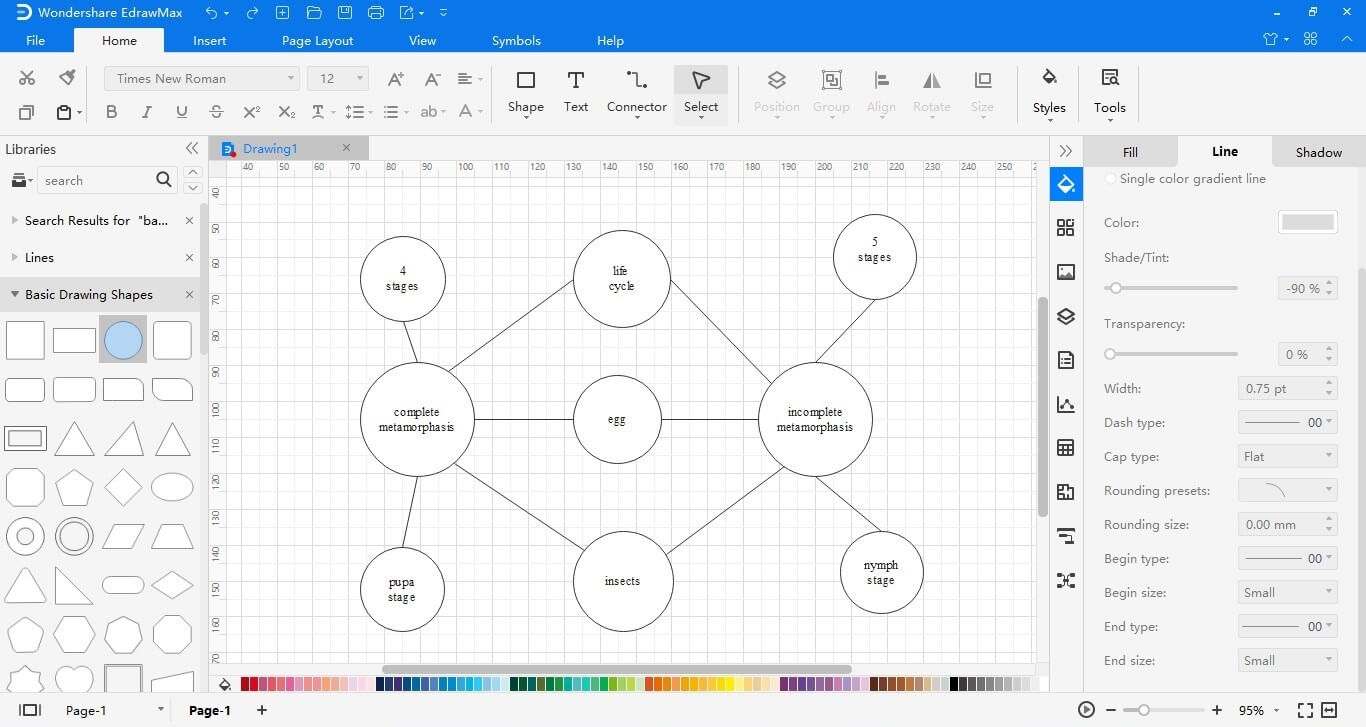
Beautiful Double Bubble Map Examples
Here are some double bubble map examples that you can use in your classroom to create an organized form of writing that shows similarities and differences among variables.
● Bats and Spider Map - This illustration shows bats and spiders' descriptions, which can be useful in a science class.
This idea will help students explore these categories further by looking at their number of legs, their habitat, relative size, and life expectancy.

Source: thinking-maps.fandom.com
● Knight and Samurai Map - This map is primarily helpful while reading a book in English class. You can easily make students understand how they are similar and different from one another.
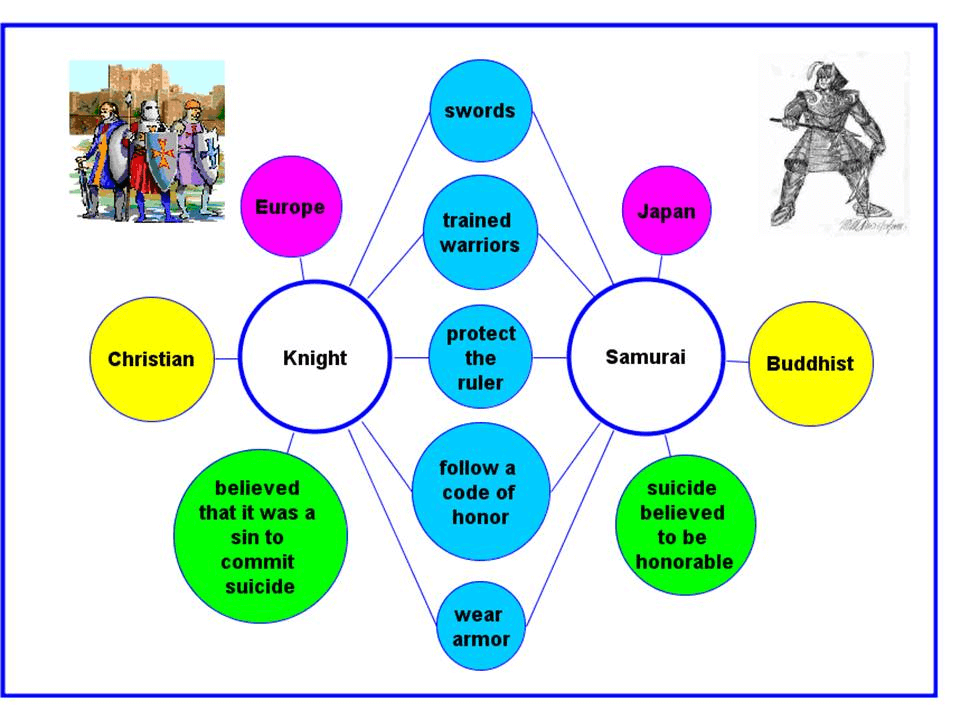
Source: wiki.westminsterpublicschools.org
● Pyramids and Prisms Map - High school teachers can use this map to simplify understanding the pyramid and prism. It is an ideal map to use it in a mathematics class.
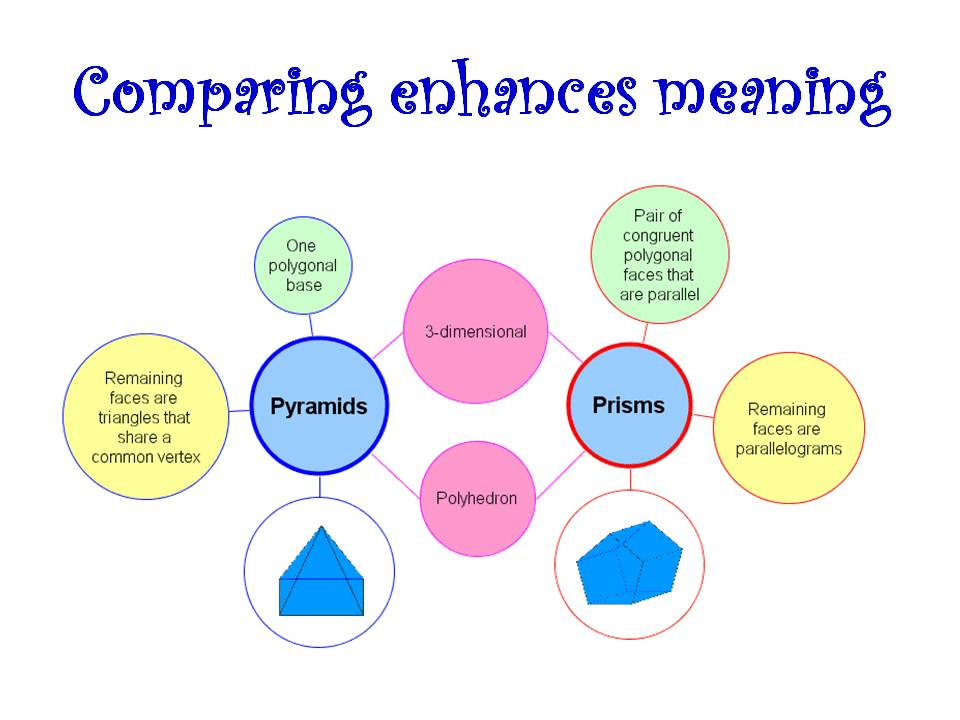
Source: wiki.westminsterpublicschools.org
● The Square Root Function and Parabola Map - This is another perfect map that a high school teacher can use in his/her mathematics class.
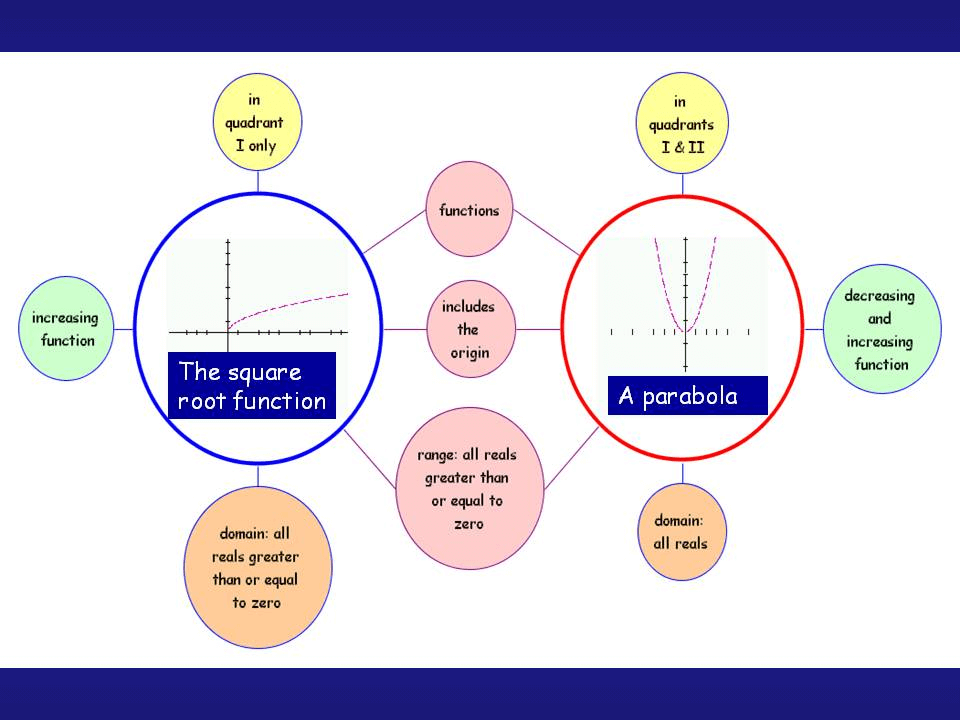
Source: wiki.westminsterpublicschools.org
● Persuasive and Narrative Text Map - This map is perfect to use in an English class as it underlines all the crucial points by mapping out all the similarities and differences.
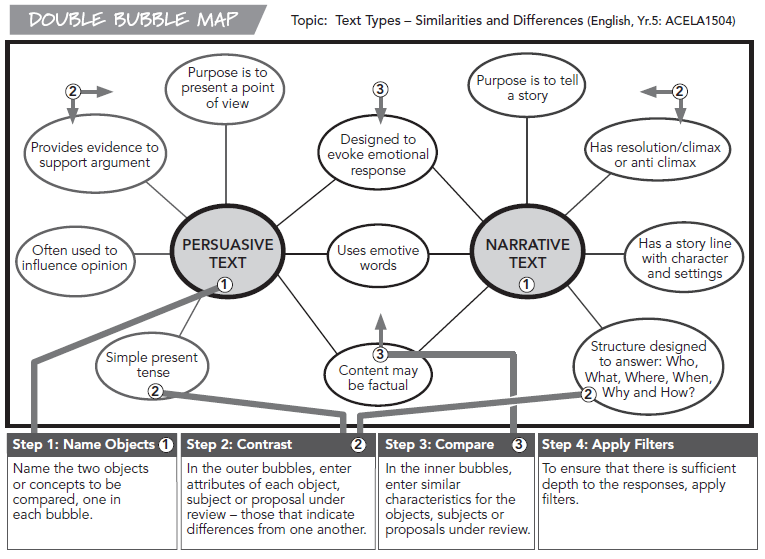
Source: pinterest.com

